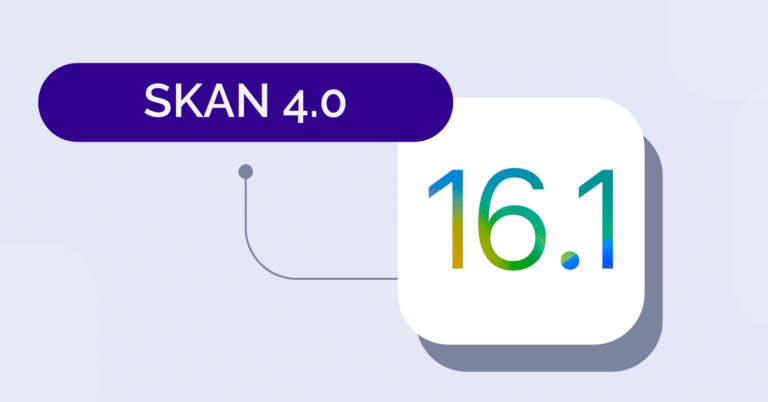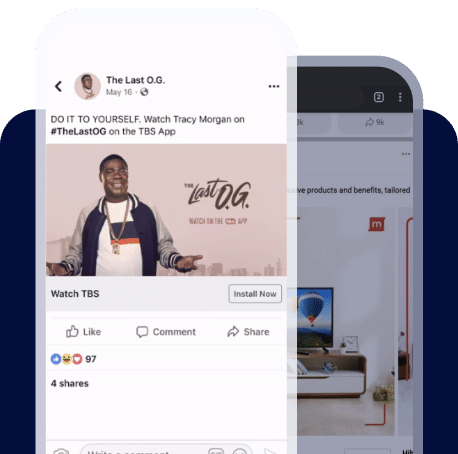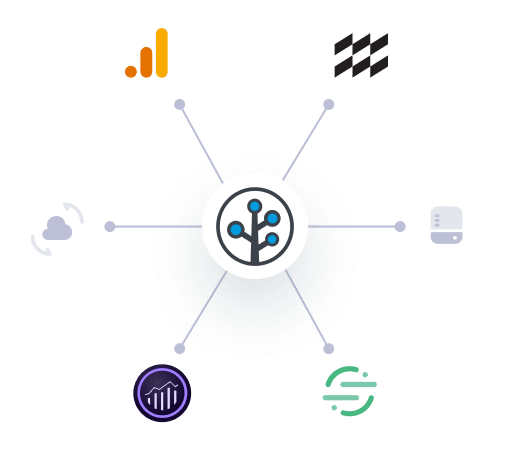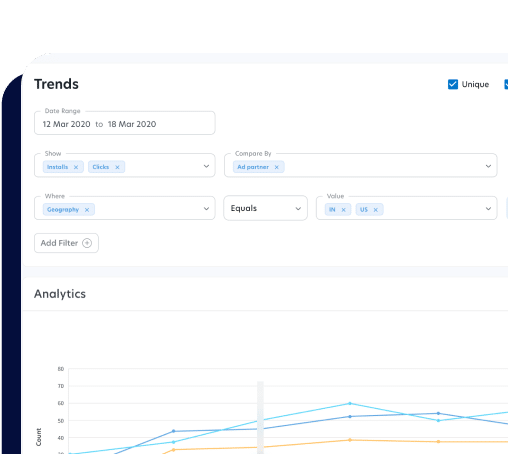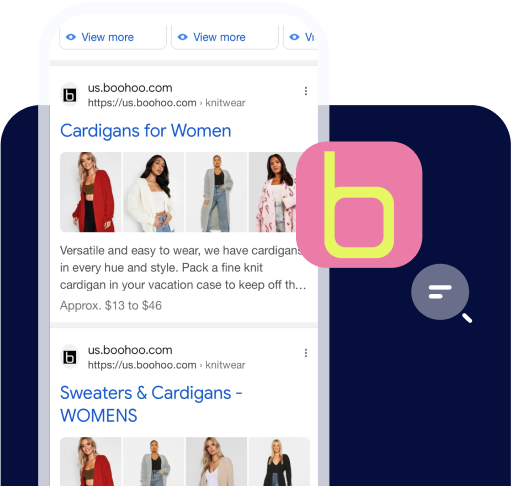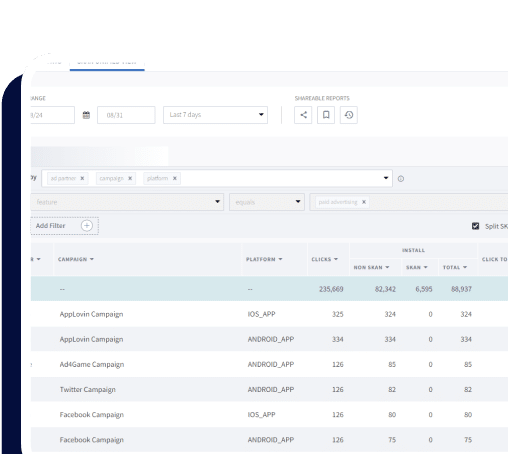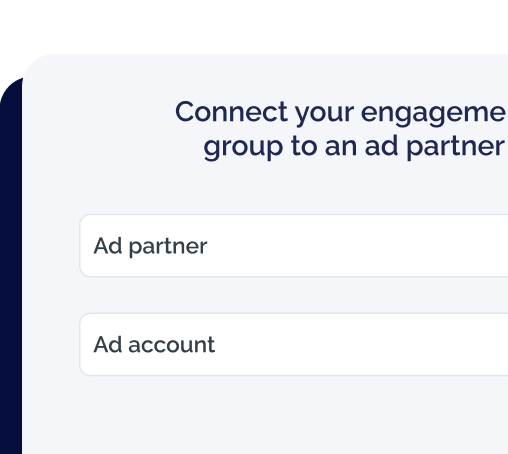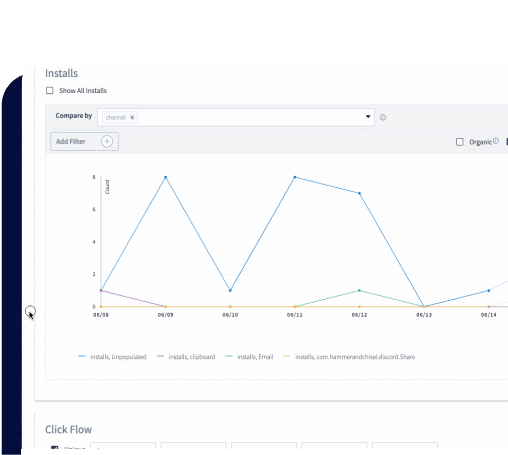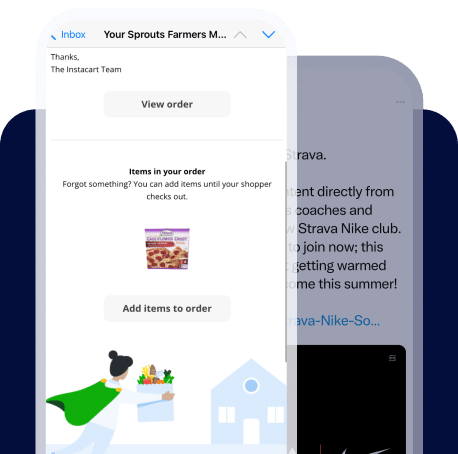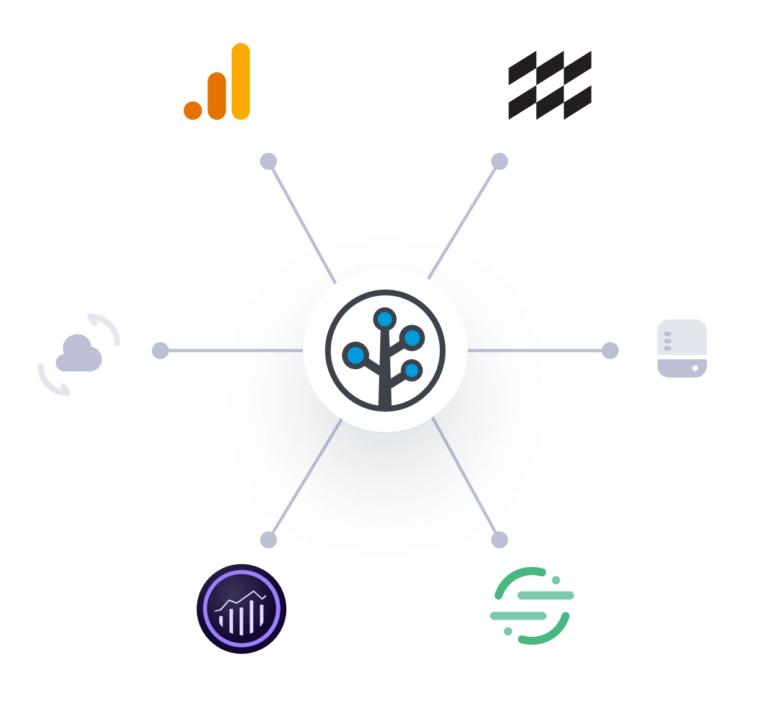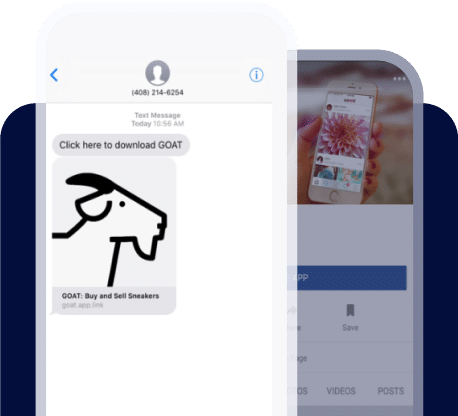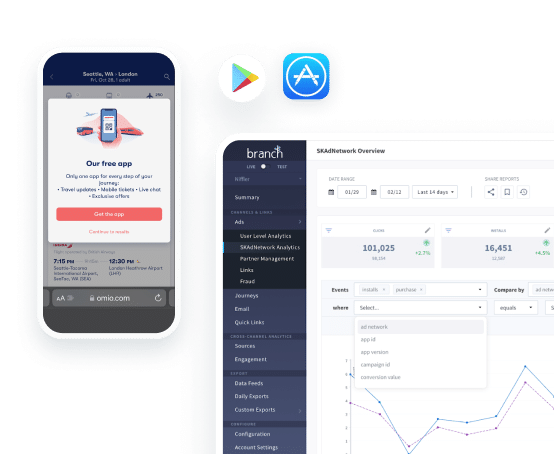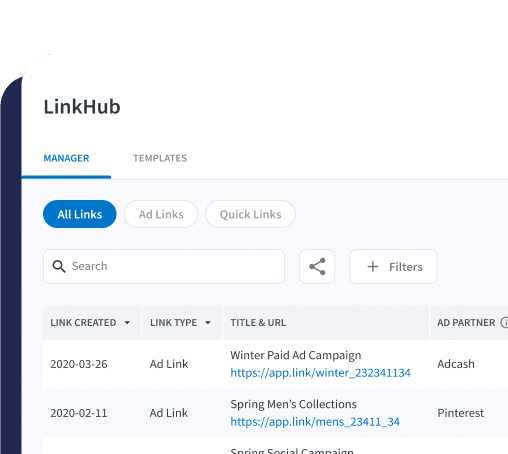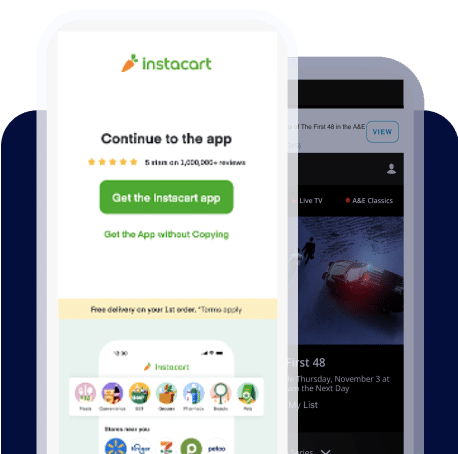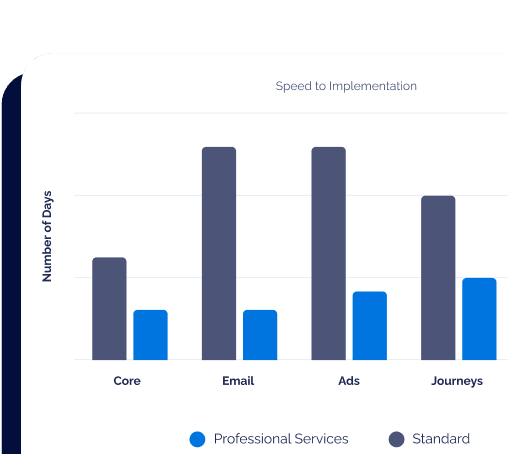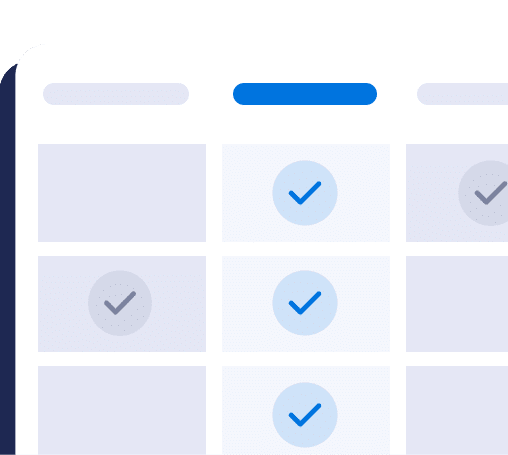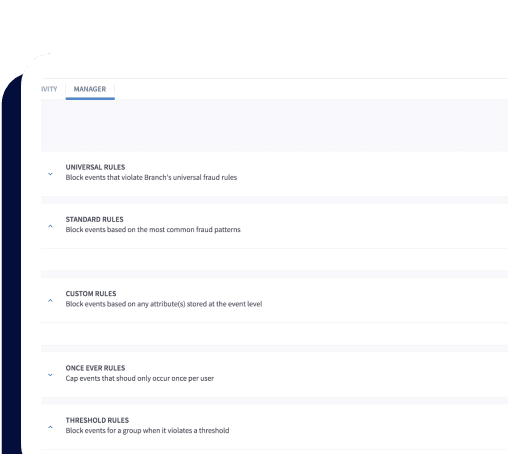BRANCH SKADNETWORK SUPPORT
Leverage SKAdNetwork for privacy-first attribution
Industry-leading solutions to make SKAdNetwork attribution work for you
Request a demoWhat is SKAdNetwork?
SKAdNetwork (SKAN) is Apple’s attribution framework on iOS, providing accurate attribution data to help marketers understand and refine mobile ad campaigns.
By performing attribution on-device without user-level identifiers, SKAdNetwork provides accurate, high-level advertising metrics without compromising users’ privacy.
How does SKAdNetwork work?
- When a user clicks or views an ad, the ad network passes basic attribution parameters to SKAdNetwork along with the click or impression.
- If the ad leads to a conversion (install), the SKAdNetwork notifies the ad network and reports campaign information (network, publisher, and campaign ID) devoid of device-level details via postbacks to the ad network, at least 24 hours after install. Depending on privacy thresholds, SKAdNetwork may also report a conversion value from 0-63, which the advertiser can set to give some estimates to the users’ quality.
Sound complicated?
Solve for the complexity with Branch SKAdNetwork Support
Deduplicate SKAdNetwork and user-level attribution data
Branch’s single-source-of-truth solution for iOS attribution, Unified Analytics, gives you deduplicated SKAN and non-SKAN data in a single, aggregated dashboard. View the total number of installs and conversion events reported by SKAdNetwork, and filter installs or conversions by parameters like ad network and source app. No more switching between reports or manually combining data in spreadsheets to get key performance metrics.
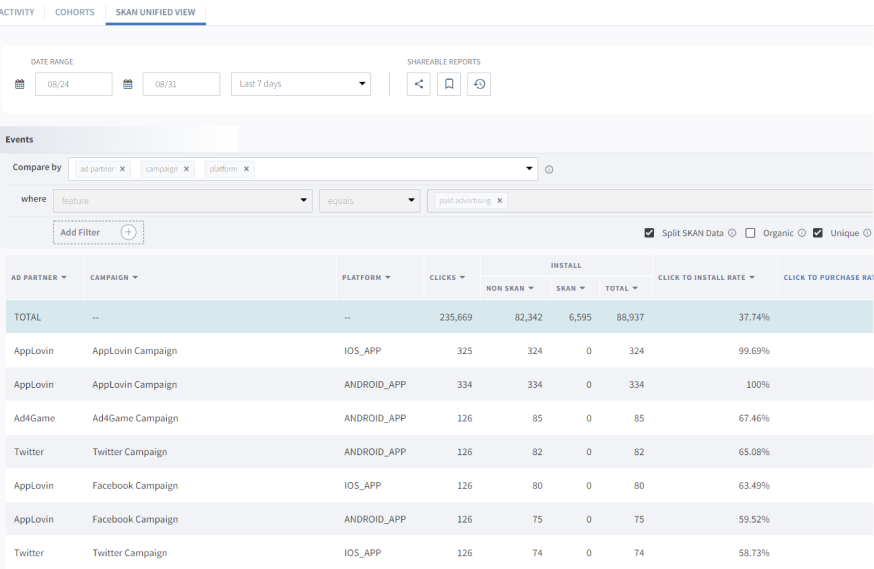
Collect SKAdNetwork direct postbacks
Branch accepts SKAN postbacks sent directly to advertisers, including individual postbacks for self-attributing networks (SANs) that otherwise only provide aggregated SKAdNetwork data via API. This gives you an additional data point to validate postbacks forwarded from ad networks.
Seamlessly integrate SKAdNetwork with Branch's SDK
The Branch SDK is capable of triggering SKAdNetwork install and conversion notifications with the flip of a switch, allowing you to adopt SKAdNetwork without in-app code changes. Alternatively, you can implement your own calls to registerAppForAdNetworkAttribution() and updateConversionValue(0-63) for even more control.
Get quick results with customized recommendations
We know that SKAN can be daunting, so we’ve built automated tools to help you get started. SKAN Magic Set Up provides tailored conversion value mapping recommendations based on your specific business goals.
Easily export SKAdNetwork data to your internal systems
Export your SKAN data via Branch’s Custom Exports API so you can analyze it in your own system for greater familiarity and control.
Track and record changes to your SKAdNetwork configuration
When you change aspects of a SKAN conversion value in the Branch dashboard, these changes automatically reflect in the Recent Activity tab. Easily view your previous conversion value mapping activities at any time for your personal reference, or as a valuable activity log to aid in tracking down any causes of errors in your SKAN data.
Centralize your SKAdNetwork data with our partner integrations
Get your SKAdNetwork data in one centralized source, instead of relying on multiple ad network dashboards. View all your SKAN data in the Branch dashboard for a single source of truth, compare performance, and forward conversion values to ad partners to refine your campaigns
SKAdNetwork data access for agencies
Branch’s SKAdNetwork agency permissions allow you to share select SKAdNetwork data to agencies, helping them better understand their campaign performance across networks and take action based on those insights.

Ready for privacy-focused, accurate attribution data at your fingertips?

Get Started
Strategies for Setting Optimal SKAN 4.0 Conversion Values
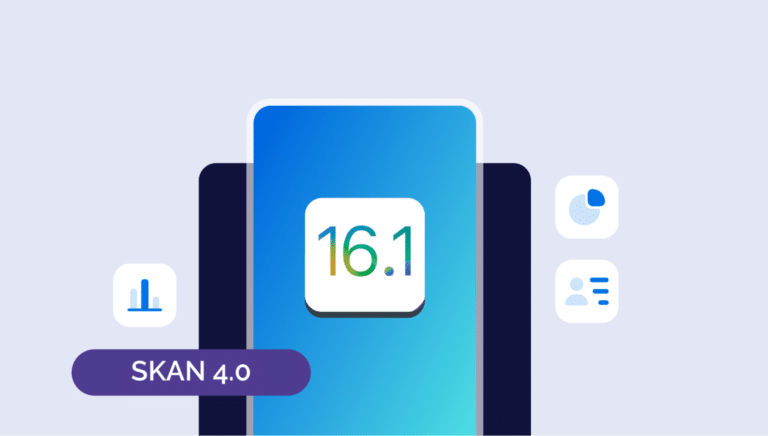
SKAN 4.0 Recap: What’s Changed Since WWDC 2022?
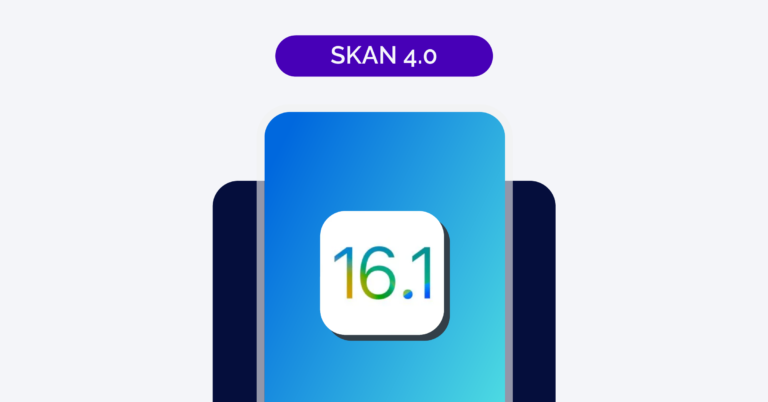
SKAdNetwork 4.0 Is Out — What Happens Now?
